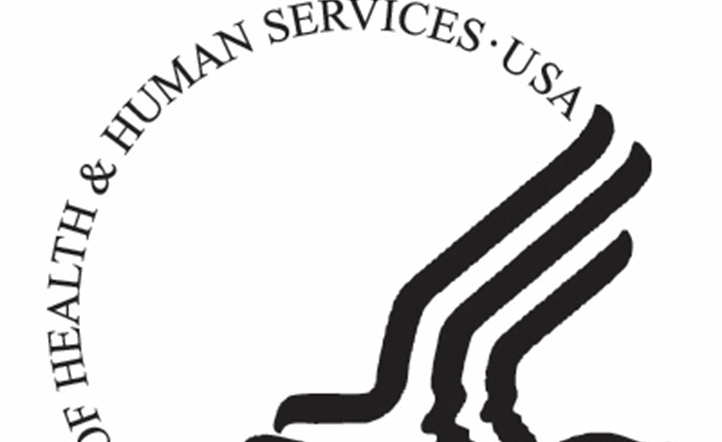DHHS: Updates to the Guidelines for the Prevention and Treatment of Opportunistic Infections in Adults and Adolescents with HIV

The Guidelines for the Prevention and Treatment of Opportunistic Infections in Adults and Adolescents with HIV document is published in an electronic format that can be easily updated as relevant changes in prevention and treatment recommendations occur.
The editors and subject matter experts are committed to timely changes in this document because so many health care providers, patients, and policy experts rely on this source for vital clinical information.
All changes are developed by the subject matter groups listed in the document (changes in group composition are also promptly posted). These changes are reviewed by the editors and by relevant outside reviewers before the document is altered. Major revisions within the last 6 months are as follows:
June 28, 2021
Cytomegalovirus: Key updates to the guidelines include the following:
• Updated to improve readability and to update references.
• Highlighted the toxicities of alternative antiviral medications used to treat CMV.
Cryptococcosis: Key updates to the guidelines include the following:
• Recommended an increase in the dose of fluconazole from 400 mg to 800 mg daily for consolidation therapy. For clinically stable patients who have been started on ART and whose CSF culture results return with no growth, the dose can be decreased to 400 mg daily.
• Included results of a trial in a resource-limited setting that used only one week of amphotericin B induction therapy but did NOT recommend this approach for high-resource settings.
• Clarified that the treatment of non-CNS extrapulmonary cryptococcosis and diffuse pulmonary disease should be the same as that for meningitis and that treatment of mild-moderate focal pulmonary infection should be with fluconazole, 400-800 mg daily.
• Clarified treatment for patients who have been found to have asymptomatic antigenemia. For patients whose serum titer is <1:320 using a lateral flow assay, treatment can be with fluconazole 400-800 mg daily. For patients whose serum titer is >1:640, the likelihood that meningitis is present or will develop is high, and treatment should be the same as that for cryptococcal meningitis.
• Revised the Pregnancy text for consistency with other sections of the guidelines.
• Revised the table of recommendations to clarify recommended treatment of the various forms of cryptococcosis in persons with HIV.
• Revised figure summarizing immunizations in PLWH
• Added table comparing ACIP recommendations with Panel recommendations
• Added narrative sections with evidence summaries
• Updated recommendation for zoster vaccine
May 26, 2021
Immunizations Table, Text, and Figure: The Panel updated the text, references, figure, and table and made the following key changes:
• Revised layout of figure
• Addition of table outlining ACIP recommendations and Panel recommendations, and highlighted potential differences
• Addition of narrative sections with evidence summaries
Key updates to the guidelines include the following to the Coccidiomycosis section:
• The Panel has simplified the section on serology for the diagnosis of coccidioidomycosis and added PCR as a non-standardized, but commercially available test.
• In the Preventing Disease section, the Panel clarified the approach to patients who are asymptomatic but have a positive serological test for Coccidioides based on CD4 counts <250 cells/μL or >250 cells/μL.
• Treating Disease section is more clearly written regarding recommendations for treating mild-moderate pulmonary disease and severe pulmonary/extrathoracic (disseminated) disease.
• In Pregnancy, the text has been revised to that used in other sections of the guidelines.
• The table of recommendations has been revised to clarify recommended treatment of mild-moderate pulmonary disease, severe pulmonary/extrapulmonary (disseminated) disease, and meningitis
